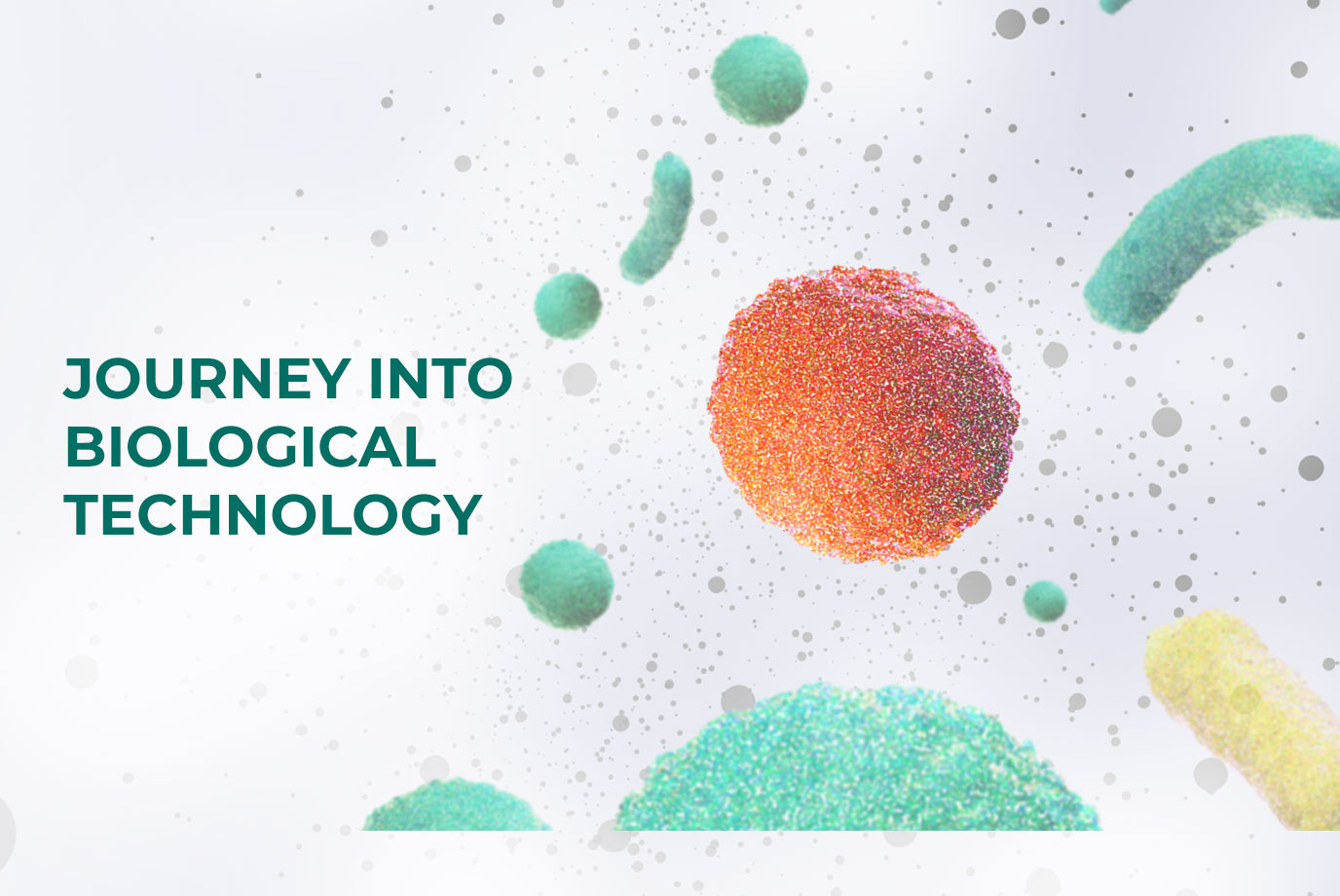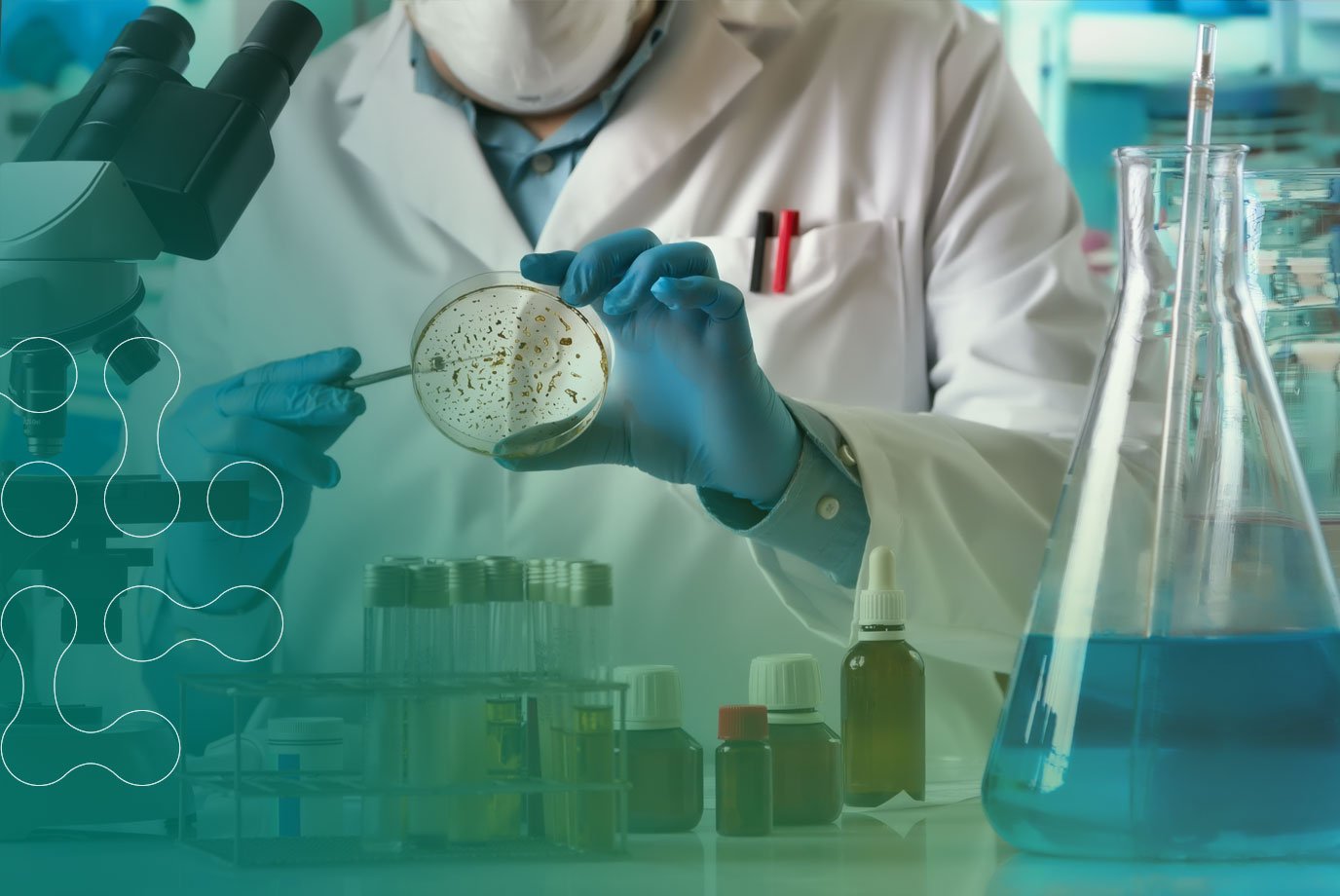With COVID-19 continuing to impact all walks of life, many professionals in our industry feel that the pandemic could have a more permanent effect on how we do things moving forwards, particularly for the cleaning and facilities management industries.
High on the agenda of discussion is disinfection and the use of Fogging as a means of extra precaution in the workplace. But what is Fogging? And can it help provide British workers and their management with piece of mind when back in the working environment.
What is Fogging?
Fogging, as the term suggests, uses disinfectant sprayed from a Fogging machine to create what looks like fog in the room. It is an effective way to disinfect high levels of horizontal surfaces, hard to reach areas that are often missed or forgotten and small, and confined spaces such as extractor units. It can also be effective at disinfecting vertical surfaces.
Generally, Fogging should be viewed as an additional, belt and braces measure that is used following successful cleaning and disinfection practises. As the flowchart illustrates, the technique should be regarded as the top-level measure for disinfection and should not be considered as a replacement for cleaning & disinfection practices.
It should be noted that Fogging is not suitable to sufficiently disinfect closed section such as electrical control panels, box section and similar – it also has little impact on downward facing horizontal surfaces.
As mentioned, vertical surfaces are likely to receive minimal contact with the disinfectant fog due to the weight of the wet solution, which will cause downward fall. Interestingly, trials from some electrostatic Fogging manufacturers have been conducted to electrically charge the droplets of disinfectant and prevent the droplets from falling – but further trials are ongoing.
The Benefits and Shortfalls of Fogging
Fogging provides the user with a range of benefits – some have been touched on but the full list includes:
- Fogging is seen as being safe and effective if carried out correctly.
- Effective at reducing air-bourne contaminants.
- Effective at disinfecting hard to reach areas.
- Highly effective at disinfecting horizontal surfaces.
BioHygiene’s surface sanitisers, which are suitable for Fogging, have proven effective on surface and demonstrated up to 5 log reductions after 5 minutes.
Despite its many benefits, fogging does have certain limitations:
- Fogging is only partially effective on vertical walls due to the presence of gravity, meaning the disinfectant will drip/fall.
- Fogging is not effective at disinfecting the undersides of horizontal surfaces.
- It has no impact on closed areas – electrical boxes etc.
- Electrical components can be damaged by the fog if not bagged up or removed from the area.
- Fogging is not a replacement for standard cleaning practises.
Fogging with BioHygiene Products
All three of our approved sanitisers are suitable for Fogging, these include:
- All Purpose Sanitiser (Fragranced)
- All Purpose Sanitiser (Un-fragranced)
- Washroom 4D
Our range of sanitisers all utilise eco-friendly, naturally derived, mild surfactants and a natural fermentation extract to produce an environmentally responsible and sustainable cleaner and disinfectant.
They are tested and approved to:
- EN14476 against enveloped viruses for Coronavirus (e.g. SARS, MERS, COV-19), Poxviridae, Herpesviridae, Filoviridae (e.g. Ebola, Marburg), Flavivirus, Hepatitis C Virus (HCV), Hepatitis Delta Virus (HDV), Influenza Virus, Paramyxoviridae, Rubella Virus, Measles Virus, Rabies Virus, HIV, Human T Cell LeukemiaVirus (HTLV), Hepatitis B virus (HBV)
- EN1276 for Pseudomonasaeruginosa, E coli, Staphylococcus aureus and E hirae
- EN13697 for E coli, E hirae, Salmonella typhimurium, MRSA, Pseudomonasaeruginosa, Staphylococcus aureus, Listeria monocytogenes, Campylobacter jejuni, VRE, B cinerea, F oxysporum
- EN13623 for Legionella pneumophila
- EN1650 for B cinereal
Who Should Use Fogging?
Fogging can be used across various sectors as an additional measure for disinfecting. It is used commonly in food and beverage production in environments such as abattoirs, where there is a lot of bacteria from raw meat.
It is also effective in open areas such as schools, universities, and empty hospital wards – as long as any electrical equipment is adequately covered or removed.
Until recently, Fogging has not generally been seen as suitable or necessary for the public sector. However, due to the Coronavirus outbreak this looks like it may begin to change. The general public and the government will use any measure possible to prevent a second wave and the Fogging of public sector areas and public transport could give extra piece of mind to everyone; as well as preventing the virus from contaminating surfaces.
How to Fog
- It is critical that the area to be fogged has been thoroughly cleaned following the recommended procedures (cleaning practices) up to and including the rinse (if applicable).
- Any ceiling chill/evaporator units should be switched off, with any water sensitive equipment to be removed or sealed.
- A thorough inspection of the area should be performed to ensure that it is visually clean (random ATP testing should confirm the level of cleanliness). Any areas that are either visually contaminated or fail the ATP test should be recleaned before.
- The fogging units should be charged with the required volumes of the specified disinfectant at recommended concentration – see below calculations.
- When charged with the required amount of disinfectant the unit(s) should be placed towards the centre of the area and airlines/electric supply attached. (Make sure air supply is off). FOR SAFETY PURPOSES THE AIR-LINE SHOULD BE CONNECTED TO A SUPPLY OUTSIDE THE AREA TO BE FOGGED.
- Take care to ensure that the path of spray from the jets will not be immediately obstructed – it is necessary for the fog to disperse and saturate the atmosphere, not be sprayed directly onto equipment surfaces.
- When the unit(s) is in position, ensure all personnel have left the area and any doors or strip curtains are closed to seal the area and place warning/no entry signs at ALL potential access points.
- Once the area has been fully prepared the air supply to the unit(s) should be switched on – the time(s) required to discharge the unit(s) completely are shown in the below calculations.
- When the specified time is reached the disinfectant has been fully discharged into the atmosphere and the air supply should be turned off.
- Effective fogging will require the area to be vacated and free of all employees for at least 60-90 minutes from the air supply being turned off.
- If per-acetic acid-based chemicals have been used all equipment surfaces should be rinsed with fresh potable water (not applicable when using BioHygiene).
- The chill/evaporator units should be switched on to enable the environment to return to its maintained temperature.
- On completion the airlines should be disconnected, and the unit(s) rinsed and flushed with clean water and returned to store.
It must be stressed that no-one should enter the fogged area for AT LEAST 60 minutes (time dependent upon disinfectant used) after the air supply is turned off – unless they wear a respirator and have full skin and eye protection.
Fogging Parameters
Example Calculations:
For the number of fogging nozzles required the basic calculation used is:
N = Q/(TxF)
N = minimum number of nozzles
Q = volume of dilute disinfectant
T = time taken to discharge fogger
F = liquid flow rate of nozzle
One litre of dilute disinfectant at recommended concentration of 1% w/w (1:100) will cover 100 cubic meters as a fog.
Area A = 3,000 cubic meters
Thus, Q for Area A is minimum 30.0 litres.
Set T at 25 minutes, F is 0.15 litres per minute.
Thus, for defeather:
N = 30.0/(25x0.15) = 8 nozzles i.e. 3 triple nozzle fog jet trolleys
BioHygiene Experience
BioHygiene team member and author of this blog, James Nayler, has worked several years in the hygiene industry, beginning his career in the Food & Beverage sector where fogging is standard practice on a regular basis.
James’s experience in fogging and BioHygiene’s dedicated technical & sales team allow us to build confidence with our end users. BioHygiene are able to assist with dilution, application and health & safety advice.




